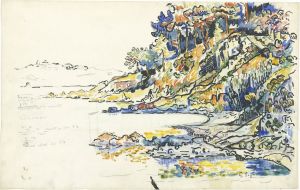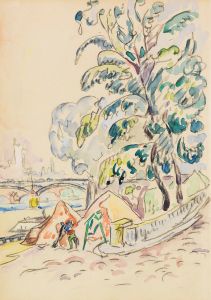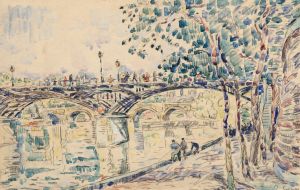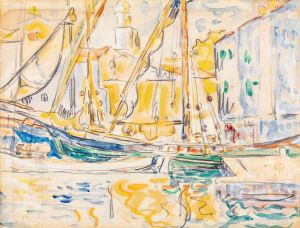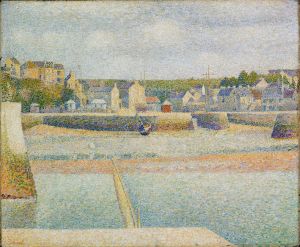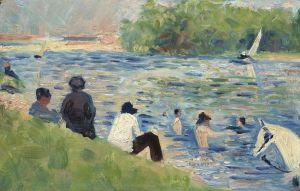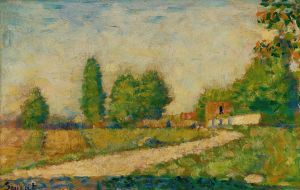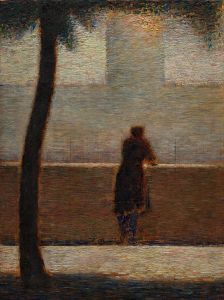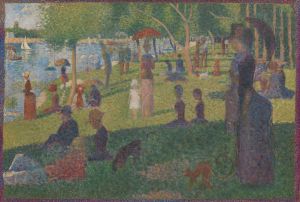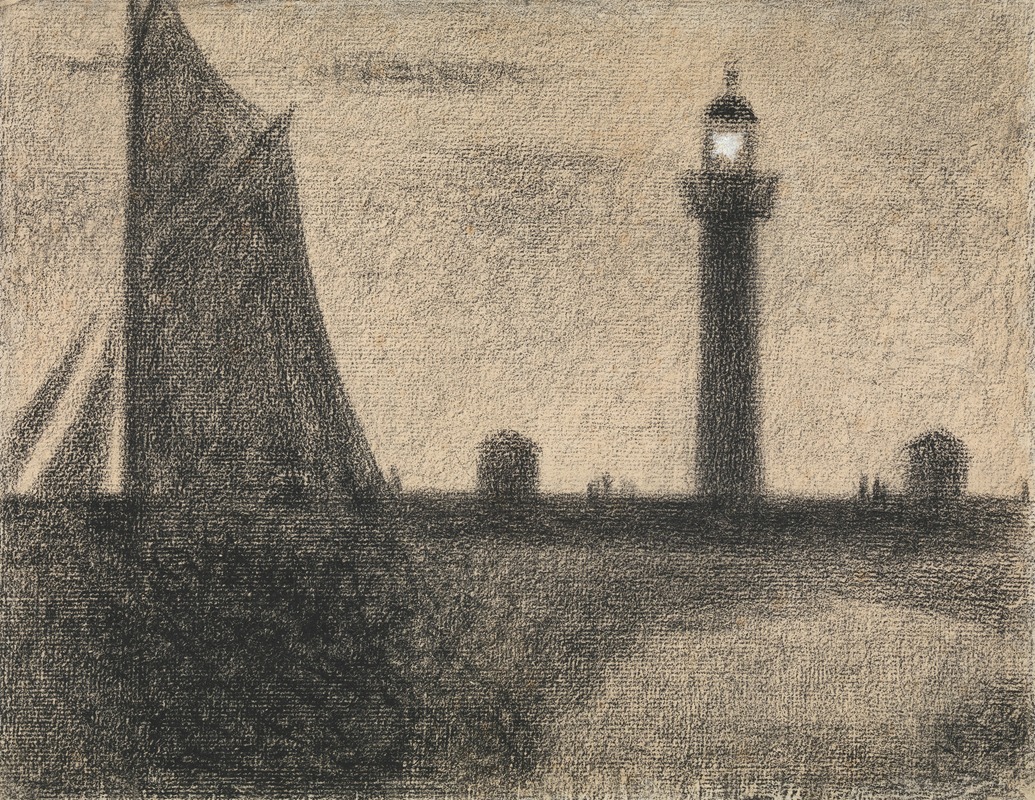
The Lighthouse at Honfleur
A hand-painted replica of Georges Seurat’s masterpiece The Lighthouse at Honfleur, meticulously crafted by professional artists to capture the true essence of the original. Each piece is created with museum-quality canvas and rare mineral pigments, carefully painted by experienced artists with delicate brushstrokes and rich, layered colors to perfectly recreate the texture of the original artwork. Unlike machine-printed reproductions, this hand-painted version brings the painting to life, infused with the artist’s emotions and skill in every stroke. Whether for personal collection or home decoration, it instantly elevates the artistic atmosphere of any space.
"The Lighthouse at Honfleur" is a painting created by the French artist Georges Seurat. Seurat, born on December 2, 1859, in Paris, is renowned for pioneering the technique known as Pointillism, a method of painting in which small, distinct dots of color are applied in patterns to form an image. This technique is a branch of the broader movement known as Neo-Impressionism.
"The Lighthouse at Honfleur" was painted in 1886, during a period when Seurat was deeply engaged in developing and refining his Pointillist technique. Honfleur is a commune in the Calvados department in northwestern France, known for its picturesque port and historical significance as a center for artists. The lighthouse depicted in the painting is a notable landmark in the town, guiding ships safely into the harbor.
Seurat's work on "The Lighthouse at Honfleur" exemplifies his meticulous approach to color and light. By using small dots of pure color, Seurat aimed to achieve a greater luminosity and vibrancy in his paintings. This method was influenced by contemporary scientific theories about color and vision, particularly the work of Michel Eugène Chevreul, who studied the optical effects of colors placed side by side.
The painting captures the serene and tranquil atmosphere of the coastal town, with the lighthouse standing as a central focal point. The composition is carefully balanced, with the lighthouse positioned slightly off-center, drawing the viewer's eye towards it while also allowing the surrounding landscape and sky to play a significant role in the overall scene. The use of Pointillism in this painting creates a shimmering effect, as the individual dots of color blend in the viewer's eye to form a cohesive image.
Seurat's dedication to his technique and his innovative approach to painting had a profound impact on the art world. Although his career was tragically short—he died at the age of 31 in 1891—his contributions to the development of modern art were significant. "The Lighthouse at Honfleur" stands as a testament to his skill and vision, showcasing his ability to transform a simple scene into a complex and vibrant work of art through the use of Pointillism.
Today, "The Lighthouse at Honfleur" is held in high regard as an important example of Seurat's work and the Neo-Impressionist movement. It continues to be studied and admired for its technical precision and its ability to convey the beauty and tranquility of the French coastal landscape.





